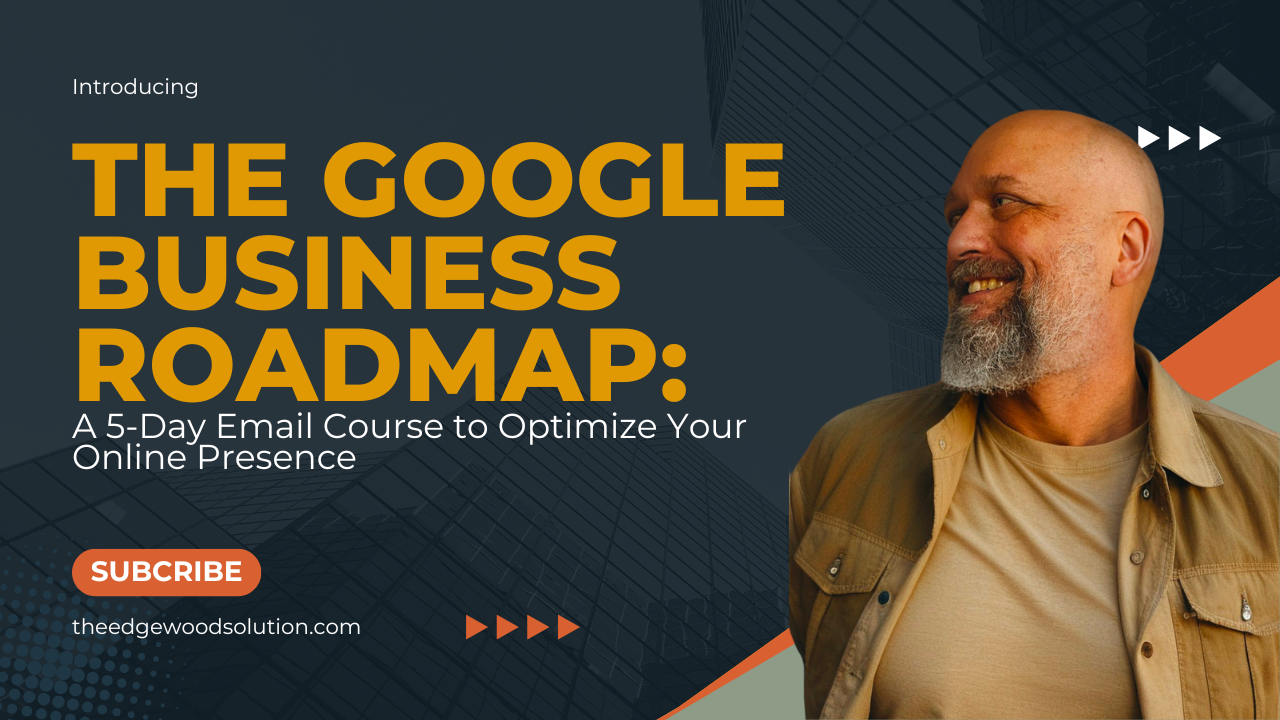The Smart Way to Price Your Products and Services
Unlock the Secret to Profitable Pricing: Value-Based Strategies for Business Success

Value-Based Pricing: Attracting Quality Customers
Value-based pricing focuses on the perceived value of your offerings. This method allows you to set your prices according to the benefits and unique value you provide to your customers. You can justify higher prices as you enhance the perceived value of your products or services. This approach attracts higher-quality customers who appreciate the value you deliver and are willing to pay a premium for it.
Benefits of Value-Based Pricing:
- Increased Revenue: You can charge higher prices as you deliver more value.
- Better Customer Relationships: High-value customers are often more loyal and appreciative.
- Competitive Advantage: Unique value propositions set you apart from competitors.

Competitor-Based Pricing: The Race to the Bottom
Competitor-based pricing involves setting your prices based on what your competitors are charging. While this might seem straightforward, it often leads to a race to the bottom. As competition intensifies, businesses continuously lower their prices to stay competitive, eventually driving prices closer to zero. This strategy typically attracts bargain hunters more interested in the lowest price rather than the value you provide.
Drawbacks of Competitor-Based Pricing:
- Reduced Profit Margins: Lower prices can squeeze your profit margins.
- Attracting Bargain Hunters: These customers are less loyal and more likely to switch to another provider for a better deal.
- Limited Growth Potential: You can only lower your prices so much without harming your business.

The Point: Serve Value-Seekers Over Bargain Hunters
Serving value-seekers over bargain-hunters is more enjoyable and much more profitable. While you can only lower your prices so much, you can consistently increase them as you deliver more value to the market. This can be achieved through bonuses, guarantees, social proof, and case studies.
How to Enhance Perceived Value:
- Bonuses: Offer additional benefits or products as part of your package.
- Guarantees: Provide risk-reduction guarantees to build customer trust.
- Social Proof: Showcase positive reviews, testimonials, and endorsements.
- Case Studies: Highlight success stories and results achieved by your customers.
By focusing on delivering and communicating value, you create a compelling reason for customers to choose your products or services over cheaper alternatives. This boosts your bottom line and fosters stronger, long-lasting relationships with your customers.
Let's wrap this up, while competitor-based pricing might offer a quick fix, the value-based pricing approach leads to sustainable growth and profitability. Embrace the value you provide, and don't be afraid to price your products and services accordingly. Your ideal customers—those who recognize and appreciate your worth—will be willing to pay for it.




